Winter 2023
Eivind Røssaak, “Affects and medium: re-imagining media differences through Bill Viola’s The Quintet of the Astonished“
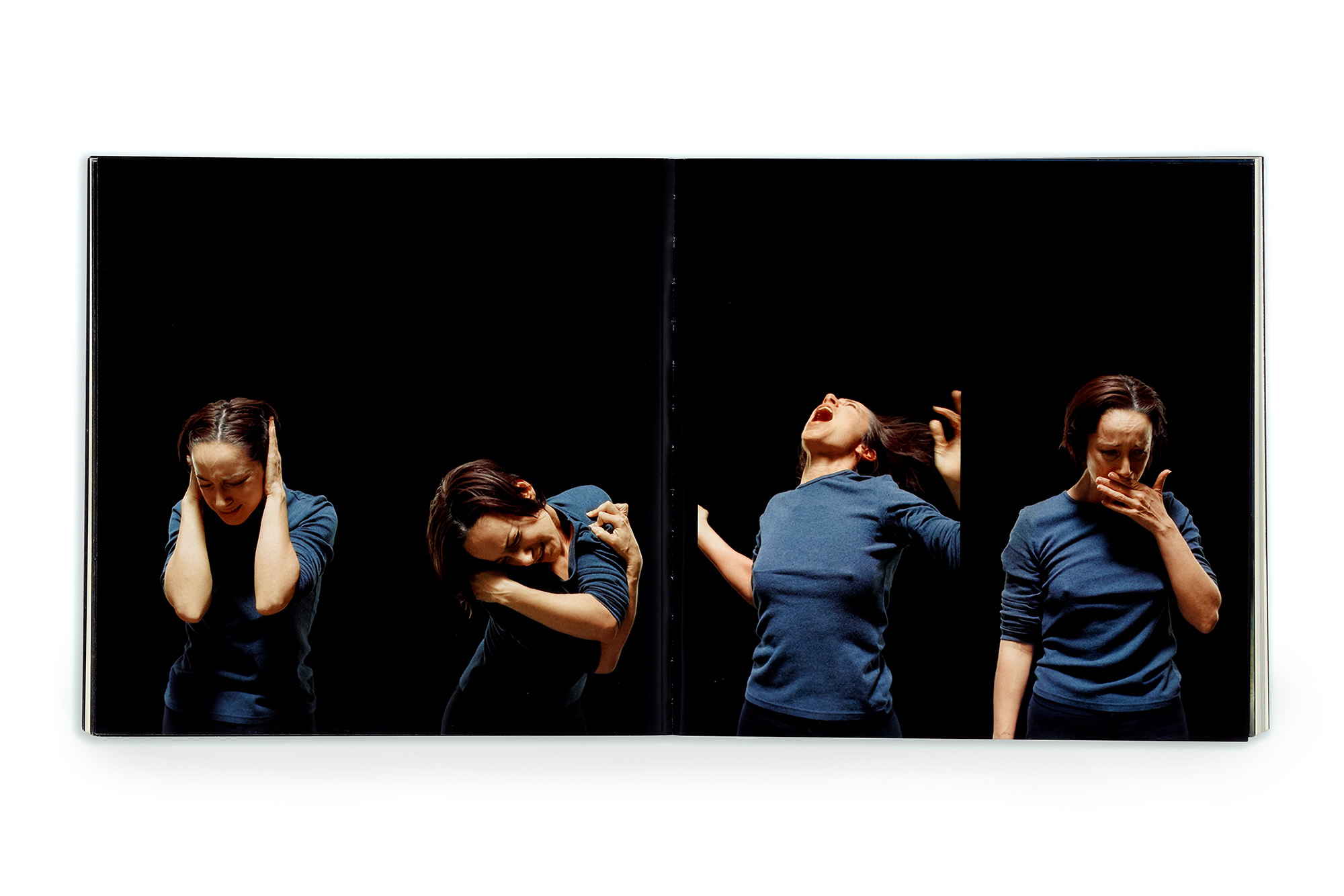
Excerpt: One of the crucial experiences of walking into a Viola exhibition is the way in which the art object transfixes the spectator. The arrest of the spectator takes place as a function of the image. Indeed, in a manner of speaking, it is inscribed into the abnormal speed of motion determining the appearance of the image.
Su Holmes, “(Re)Visiting The Grove Family–‘Neighbours to the nation’ (1954-57): Television history and approaches to the genre“
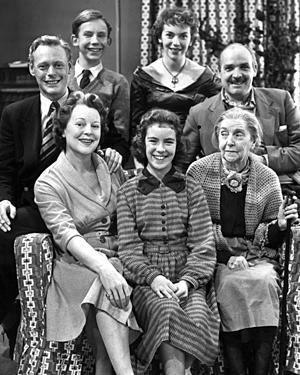
Excerpt: This paper is based on the suggestion that it is more productive to consider the processes and practices of categorisation surrounding The Grove Family in order to explore what this contributes to approaches to television genre. A key question here, and one that makes this case study illuminating for wider studies in television historiography, is how we use the concept of genre to analyse, recognise and categorise programmes when little (or no) audio-visual evidence now remains.
Karen Boyle, “The boundaries of porn studies: On Linda Williams’ Porn Studies“
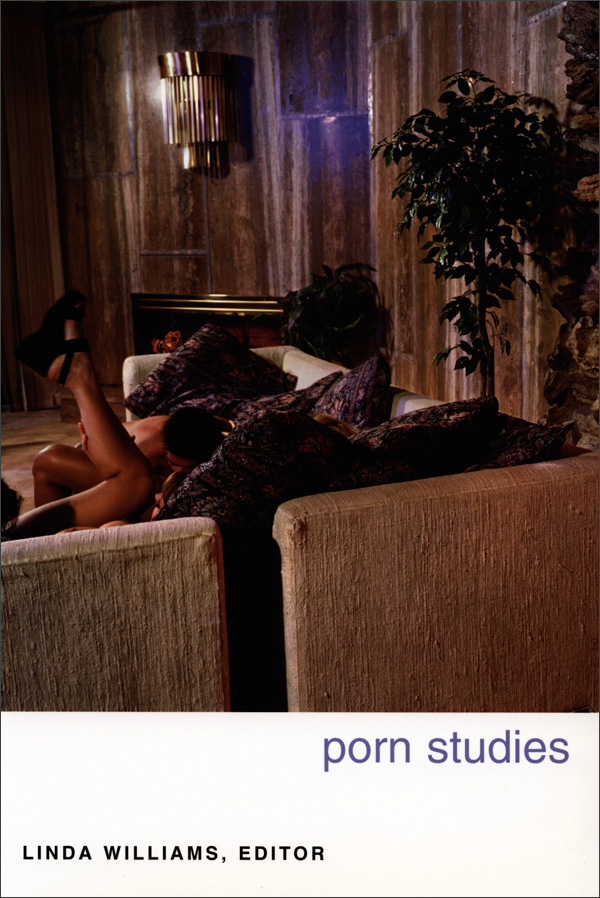
Excerpt: Porn Studies expands our notion of the pornographic, finding its traces in the everyday, in political discourse, illustrations and modern art: in objects that are not—necessarily—produced, distributed or consumed as pornography and, indeed, that may or may not show explicit sexual acts.
Matthew Campora, “Art cinema and New Hollywood: multiform narrative and sonic metalepsis in Eternal Sunshine of the Spotless Mind“
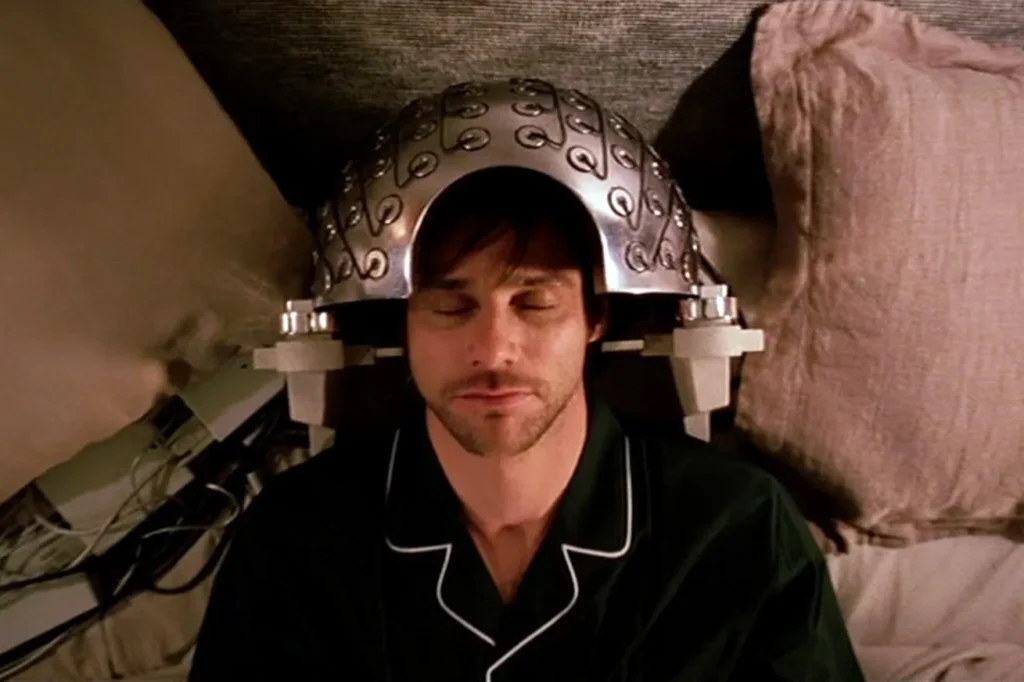
Excerpt: Eternal Sunshine of the Spotless Mind is emblematic of this current trend affecting both the independent and studio productions of the New Hollywood, one in which uncanny plots and narrative complexity compete with the big-budget special effects of the blockbuster.
Fall 2023
Imola Mikó, “From corpographies to corporealities (Opium: Diary of a Madwoman)“

Excerpt: The screen surface is transformed into a wall with drawings, and a book leaf or a music score creates a correspondence between all these art forms emphasizing the multitrack characteristic of film. It is more important to see not how it encompasses the corpographies, the verbal/linguistic constructions of the body, but how it creates visual analogies to the erasure of writing/identity by the distortion of the corporeal body.
Erica Stein, “Neoliberal cartographies: the grid in independent New York film“
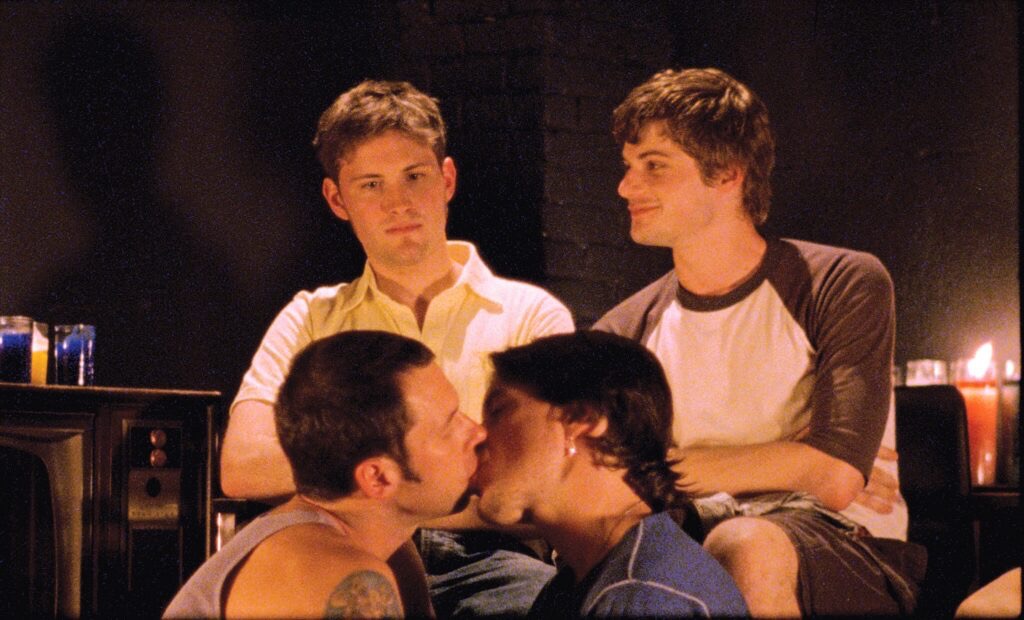
Excerpt: These films contribute to our understanding of the cinematic neoliberal city by suggesting how and why it may recuperate sub- cultural spaces and disavow the construction of urban space along center– periphery oppositions through an aesthetic form in addition to narrative and thematic structure. They pinpoint how the construction of consump- tion as freedom can extend to the consumption of space, as well as to the consumption of identity as mutually constitutive with that space.
Yael Munk, “Fauda: the Israeli occupation on a Prime Time Television Drama; or, the melodrama of the enemy“

Excerpt: Scriptwriter Moshe Zonder explores the human side of the bloody Israeli-Palestinian conflict through melodramatic ups and downs that are often punctuated by romance. Passions run high in Fauda, swinging from one emotion to another: If one episode has been dominated by fear, the next will focus on a romantic interest. Moreover, melodrama pares major issues down to the most basic human concerns, such as the need to be loved and caring for the family.
William Brown, “Monstrous cinema“

Excerpt: Cruel, violent and monstrous, the images of extreme monstration, as typified in films like Robert Carmichael, serve an anti-hegemonic if most troubling purpose: they touch us and do violence to us in such a way that we can begin to question the too-easy sense of the world, the violation, perhaps, that images perform on us. Excessive, exceeding comprehension, extreme images require explanation. Without the help of the lecturer, the cinematic monstrous forces us to search for answers ourselves, rather than relying on those given to us by others.
Summer 2023
Richard Misek, “The invisible ideology of white light“

Excerpt: Can light be ideological? In this paper, I suggest that (in film, at least) it can. I argue that one form of light in particular has played a crucial role in the history of, and the ideologies informing, film aesthetics. That light is white light.
Peter Stanfield, “Intent to speed: cyclical production, topicality, and the 1950s hot rod movie“
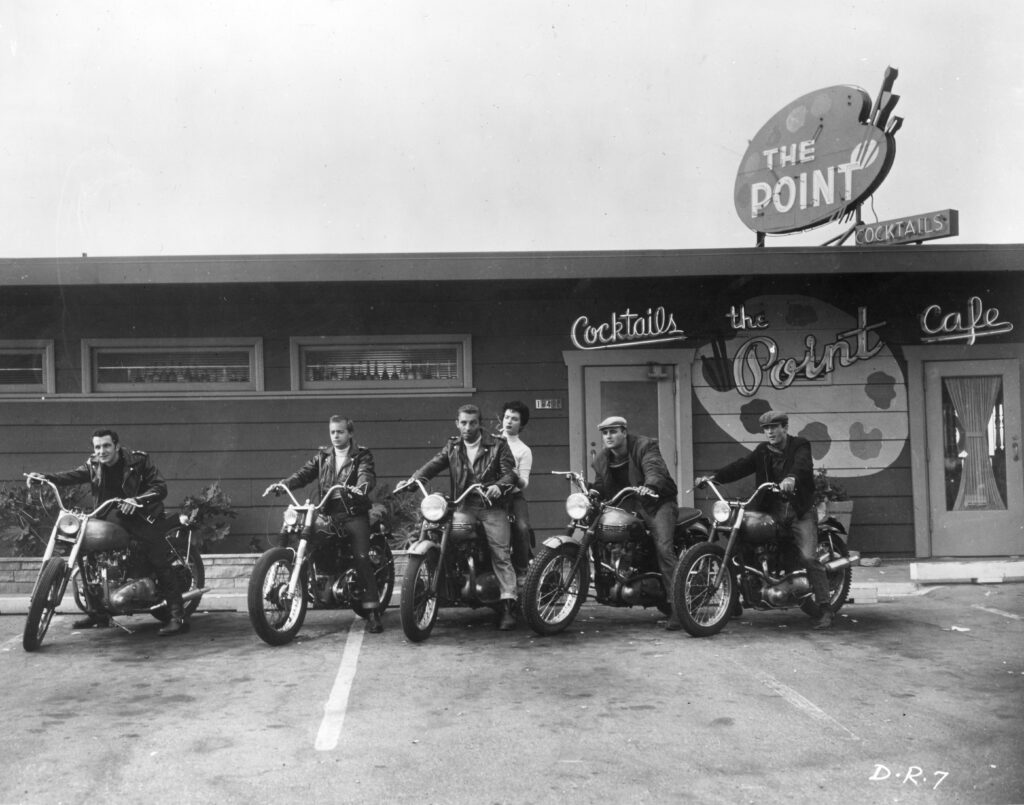
Excerpt: Like rock ‘n’ roll, or the moral panics inspired by the consumption of comic books, gang culture, and general delinquency per se, hot-rodding was one of numerous teenage activities that attracted the attention of the media across the 1950s. The media frenzy inspired by the subculture was certainly a significant factor in film producers’ exploitation of the subject, but it cannot adequately explain why the cycle appeared in 1956–57 rather than earlier or later. The primary reason for the cycle’s formation, I argue, derives from changes in the contexts of film production, distribution, and notably, exhibition.
Gerwin van der Pol, “Cognitive dissonance as an effect of watching Amator“
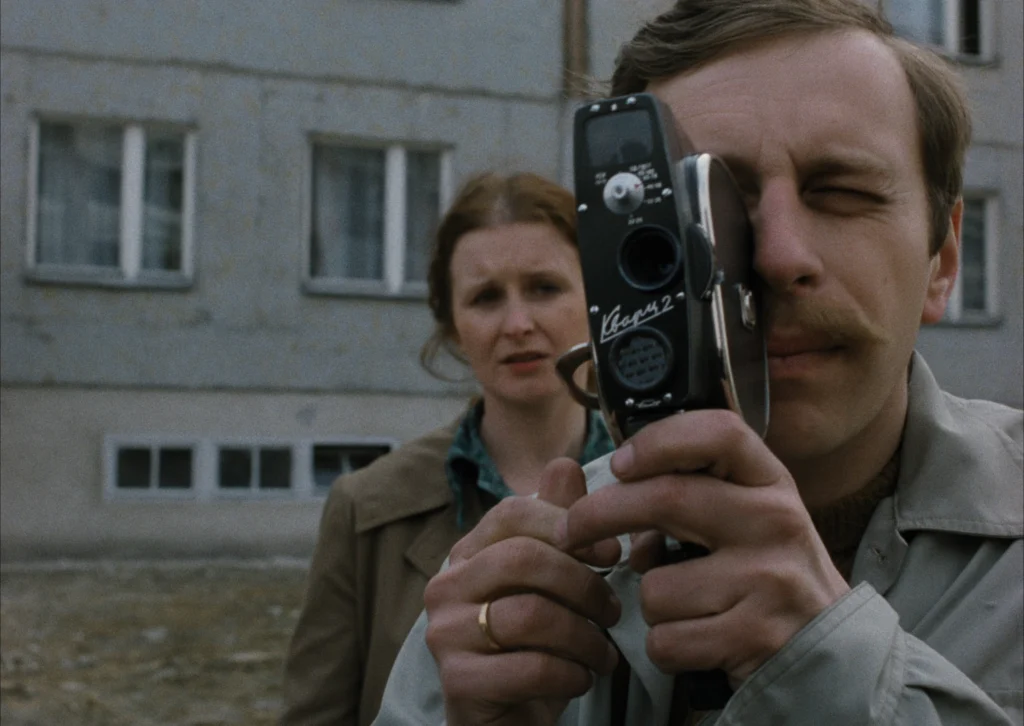
Excerpt: Cognitive dissonance is a phenomenon that arises primarily when the spectator sees a film for the first time, uninterrupted. During the second viewing, with knowledge of the film’s ending and the final verdict of the characters, cognitive dissonance no longer exists. At most, that cognitive dissonance is only a memory.
David Martin-Jones, “Film tourism as heritage tourism: Scotland, diaspora and The Da Vinci Code (2006)“
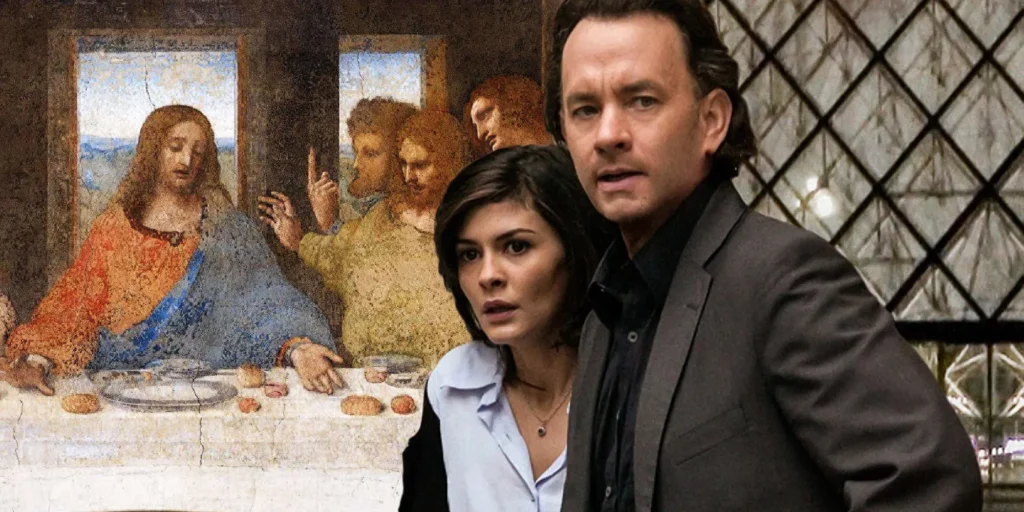
Excerpt: This paper seeks to enhance our understanding of recent developments in film tourism, and how film tourism relates to the broader phenomenon of heritage tourism. Focusing on Scotland, a small nation often at the forefront of developments in film tourism practice and research, I discuss a range of activities in the tourist sector that were generated by the Hollywood production The Da Vinci Code (2006) and the connections they reveal between film tourism and heritage tourism.
Spring 2023
J. Brandon Colvin, “The other side of frontality: dorsality in European art cinema“

Excerpt: Therefore, in contradistinction to classical cinema, art cinema is typified by abstraction – defamiliarizing, striking images for-their-own-sake (à la modernist painting); ambiguity – psychologically/emotionally unclear and multivalent characteriza- tion; and subjectivity – alternative cinematic representations of interiority and individual perception. All three of these tendencies seem to aim at refreshing the viewer’s experience of cinema – especially compared to mainstream fare – while also implicitly foregrounding the ostensibly innovative intervention of the director. These conventions are crucial to consider when answering the primary question of this article: What are the specific functions of dorsality in European art cinema?
Thomas J. West III, “Going Ape: Animacy and affect in Rise of the Planet of the Apes (2011)“
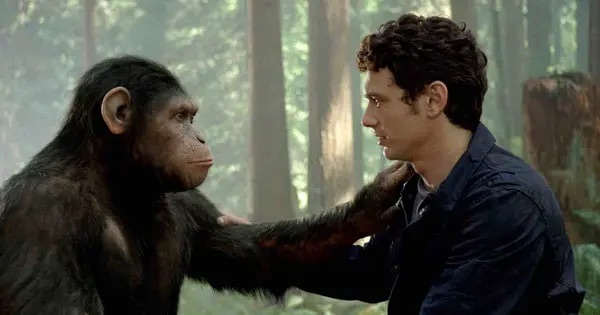
Excerpt: Rather than coming down on the side of either those who argue that the film aligns us strictly with animals or reaffirms humanism or anthropocentrism, I propose that it is more fruitful to examine the film through Mel Y. Chen’s critical category of the hierarchy of animacy. As Chen (2012) argues, this hierarchy is key to how human beings make sense of the world that surrounds them, ensuring that different entities – rocks, plants, trees, nonhuman animals, humans themselves – fit into discrete categories based upon sentience and by their ability to possess affect or to affect things around them. In this paper, I argue that Caesar’s oscillation between the poles of animal and human – and, at a broader level, between human presence and digital absence – challenges, critiques, and subverts this hierarchy.
Tina Kendall, “‘The in-between of things’: intermediality in Ratcatcher“
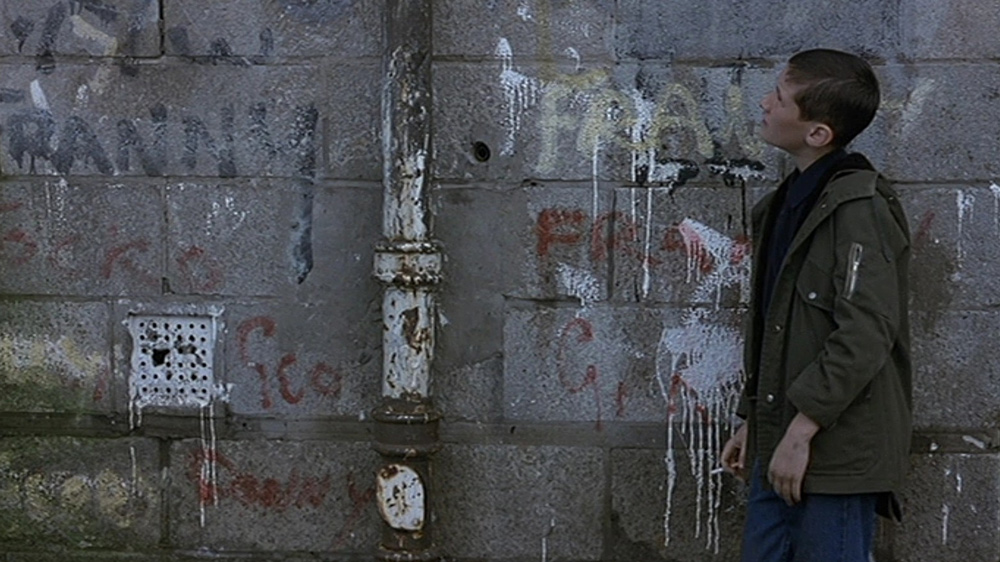
Excerpt: Whereas Kracauer maintained that the ‘intrusion of Art into film thwarts the cinema’s intrinsic possibilities’ (1997, 301), this paper will claim that it is in the creation of an ‘in- between of things’, a staging of the immanent relations between cinema, art and the real, that Ratcatcher most powerfully engages with the materiality of existence. So doing, it will be argued, the film generates new ways of thinking about things and humans, about the material basis of affect and thought, and about the distinctly cinematic force of change that lies within the deteriorating materiality of things.
Maria Poulaki, “Implanted time: The Final Cut and the reflexive loops of complex narratives“
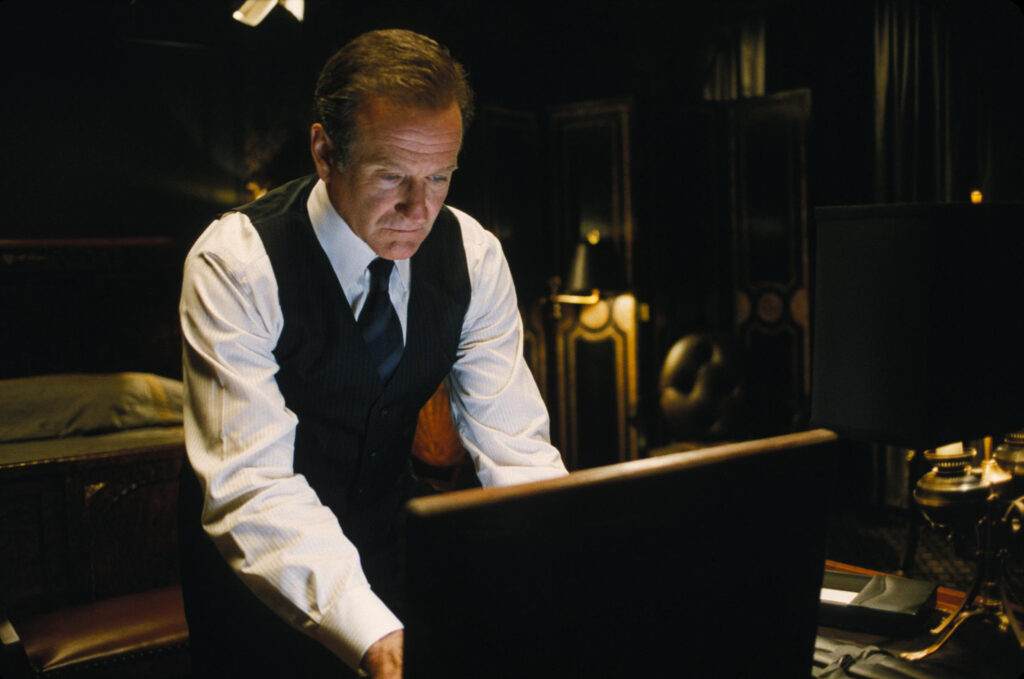
Excerpt: Modernity prescribed the merging of machine-time with human-time as an economic necessity. At the other side of Taylorism’s mechanization of the worker in the line of production, cinema also played its crucial role in the commodification of life-times, as it has been the pioneer technology of the modern shift to the capitalization of leisure, to this merging of the machine-time with the human-time (Cubitt 2004, 51). From this perspective, the idea behind The Final Cut’s story, that of a quasi-cinematic camera being implanted into the human brain and becoming an undetectable part of it, rendering life-time into commodity, seems like the extreme consequence of a development that started more than a century ago.
Winter 2023
Eivind Røssaak, “Affects and medium: re-imagining media differences through Bill Viola’s The Quintet of the Astonished“
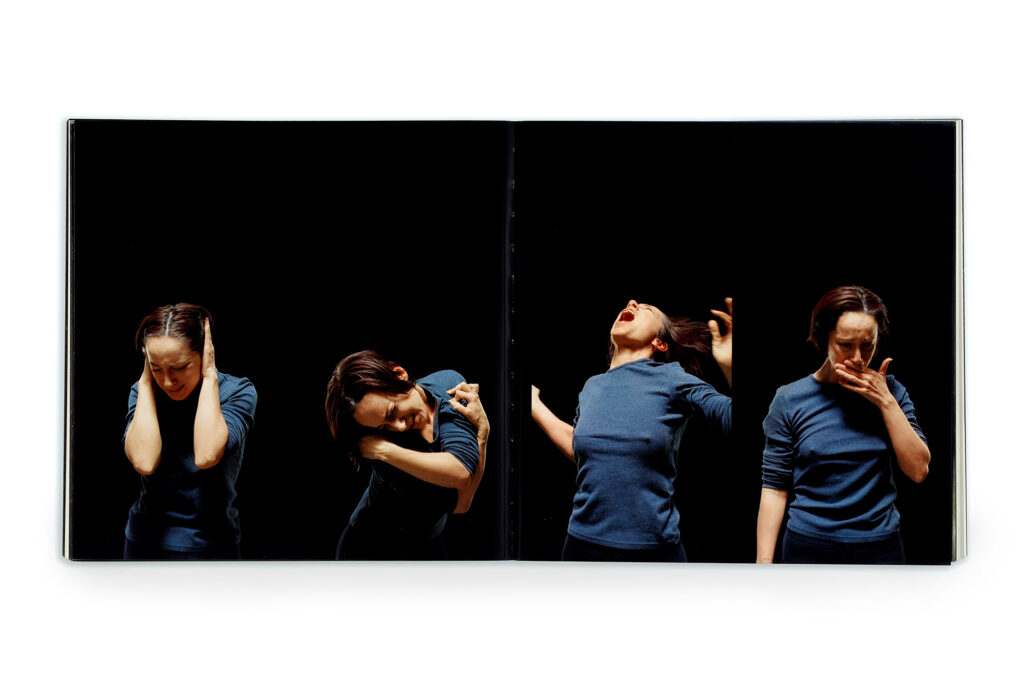
Excerpt: Something strange happens when these extremely slow-moving images are displayed in museums like these, devoted primarily to traditional painting by the old masters. First of all, the spectator might immediately notice the contrast between the long-established medium of painting and the new medium of video. This contrast is on one level related to a difference between the still and the moving, and this difference is activated in a specific way in the museum. The typical spectator at a museum is mobile, able to walk around at her own pace while gazing at basically immobile images.
Su Holmes,”(Re)Visiting The Grove Family—‘Neighbours to the Nation’ (1954-57)”

Excerpt: When compared to radio’s middle‐class Dale family in Mrs Dale’s Diary, the BBC placed an emphasis on the shift in class background, with the aim of ‘reflecting’ an image of families who were now increasingly buying television sets. Despite perceptions of the BBC’s middle‐class class elitism, the Producer, John Warrington, regularly emphasised the need for ‘more careful observation of the income groups around whom the series is based, and to whom we wish to appeal’. When the fan publication TV Mirror asked ‘who are the Groves?’, the Producer John Warrington replied ‘they are YOU: The millions of people nightly who turn on their TV sets’. Its fidelity at the level of class representation—its realism—was routinely praised by critics and viewers alike.
Matthew Campora, “Art cinema and New Hollywood: Multiform Narrative and Sonic Metalepsis in Eternal Sunshine of the Spotless Mind“
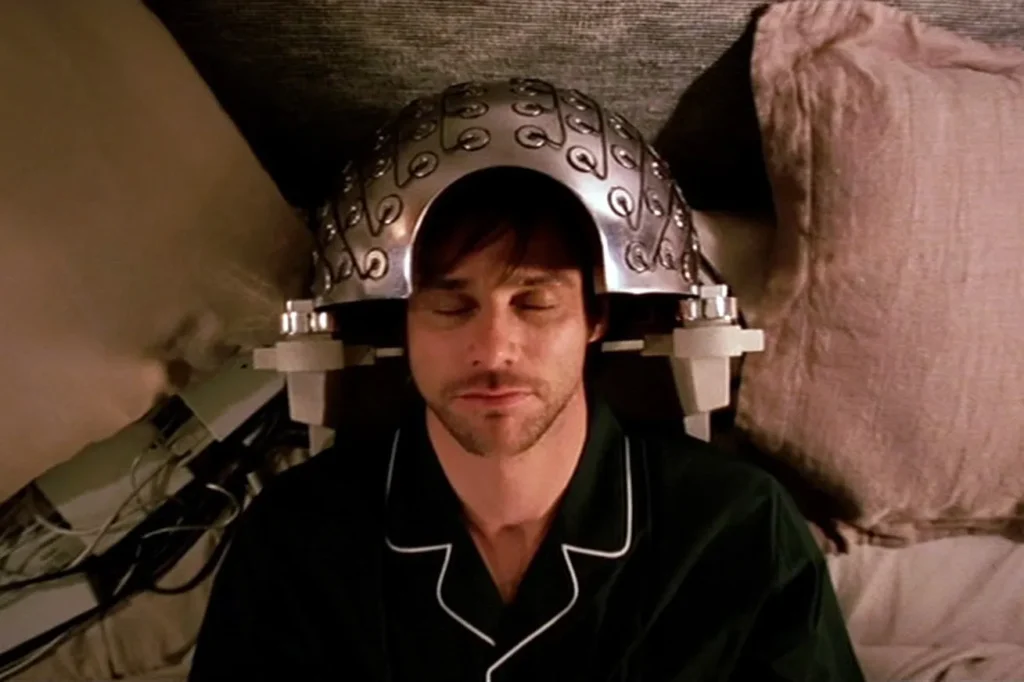
Excerpt: The first instance of rhetorical metalepsis in Eternal Sunshine of the Spotless Mind takes place only after a series of conventional sound bridges have been used to link scenes on the metadiegetic level (the internal-subjective strand) with scenes on the intradiegetic level (the waking strand). These conventional sound bridges accompany a series of visual transitions early in the scene that establishes that Joel is actually in two places at once: on the metadiegetic level, he is in the laboratory at the Lacuna offices responding to various mementos so that a map of his memories of Clementine can be made; on the intradiegetic level, he is unconscious in his bed while his memories are being erased.
Karen Boyle, “The Boundaries of Porn Studies: On Linda Williams’ Porn Studies“

Excerpt: Hillyer’s analysis is provocative and convincing, but the image itself gave me pause: what does it mean for academics to analyse, and reproduce as pornography, an image distributed without the consent of its participants? Can our analysis of the text ignore these conditions of production and distribution? Surely I cannot be squeamish about a still from Pam and Tommy Lee: Hardcore and Uncensored when, earlier in this paper, I advocated making photographs of actual torture part of our study of pornography? The tension exemplifies the difficulties of how we define and locate pornography and the implications of those decisions. I have real ethical concerns about reproducing this material. Yet, equally, I have ethical concerns about constructing ‘pornography’ as an intellectual category divorced from these realities.
Fall 2022
Alison Peirse: The feminine appeal of British horror cinema
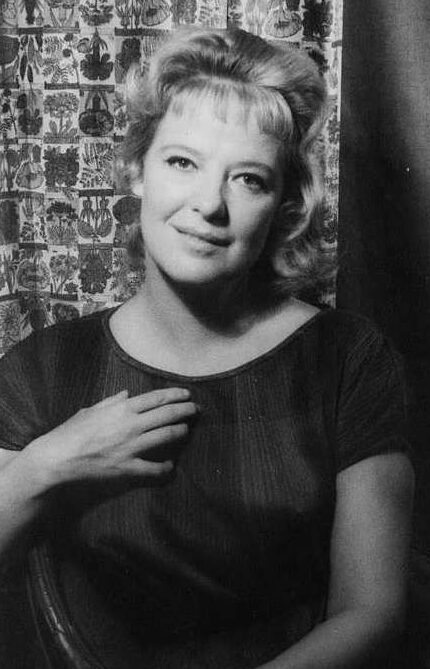
Excerpt: When Séance on a Wet Afternoon was set for release, cinema managers were advised that ‘feminine appeal’ was a strong angle for publicity, and the film went on to be a critical and commercial success. Yet, it is relatively unknown in existing academic histories of horror cinema. The female lead, spiritualist premise and psychological horror make it an uneasy bedfellow with existing accounts of 1960s British horror films, which focus on the sexualised colour-saturated violence of Hammer Studios and its associated offspring. This article reverses this trend by revealing a cycle of 1960s black-and-white British horror films whose primary textual address is to women, manifested through complex female characters, interiority and stories of motherhood, stillbirth and child murder. READ FULL ARTICLE HERE.
Bhaskar Sarkar: BLINDNESS, VISUALITY AND THE ETHICAL TURN: The burden of Proof
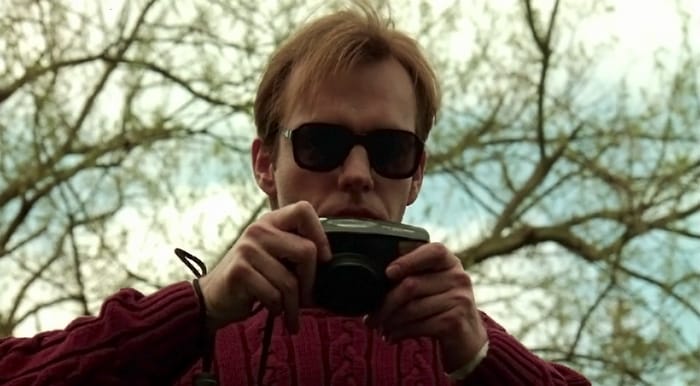
Excerpt: The power of Proof derives from its ability to compel us to think through the category of the visual in relation to blindness, without settling for accepted epistemologies and representational norms. Its ethical approach to the visual figuration of blindness, which refuses to eradicate the experience of the blind in the service of homogenized reference, constitutes a significant step in the politics of cinematic representation. The political stake is in the acknowledgment of the impossibility and simultaneous necessity of exchange across a differend that exists but resists articulation in a common idiom; it is in witnessing—in hearing—a politics of visuality that remains silent and invisible, but that subtends the politically hegemonic forms of the visible.
Anne Jerslev: Cosmetic surgery and mediated body theatre: the designable body in the makeover programme The Swan

Excerpt: The Swan subscribes to traditions of understanding beauty and the female body that derive from other media than television, other genres than reality TV, other cultural traditions and times than contemporary popular culture. Focusing on the construction of the female body in the makeover-reality-game-show The Swan, I want to show how sediments of many kinds of cultural historical images are at once assembled and transformed by television and a particular cross-generic format, that is, contemporary popular culture and reality television. The paper traces the cultural layers upon which the programme’s construction of the beautiful female body is written, rewritten, and retrieved in both high culture and popular culture, and assembled and mediated by a contemporary reality TV format.
Patricia Pisters: The Neurothriller
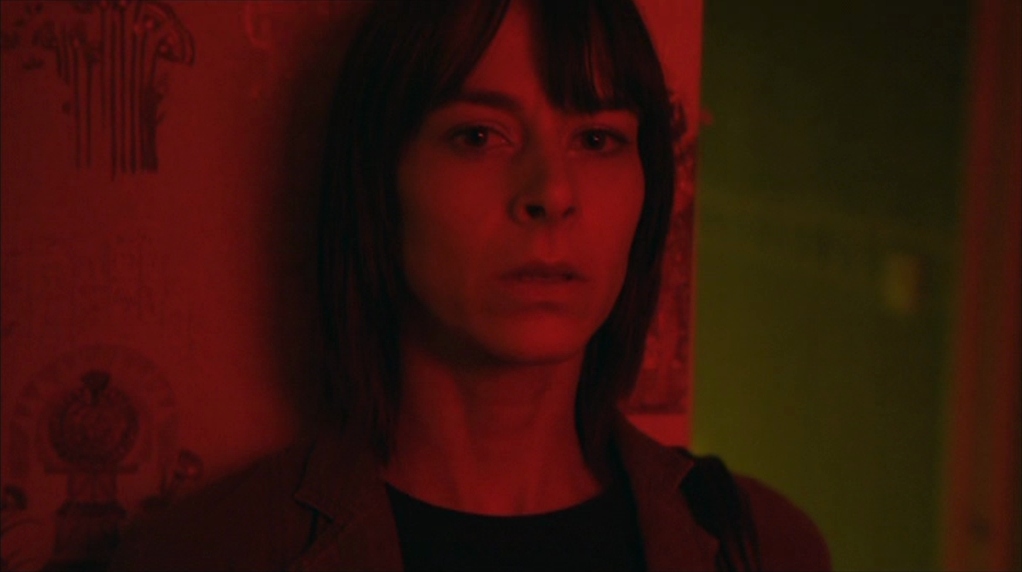
Excerpt: In an incredibly intense way the mise-en-scène, soundscape, and cinematography express here how Jackie is aroused in two opposite ways: torn between her emotions and feelings. They almost kiss; she escapes into the elevator, literally throwing up fear, desire, anger, and disgust. We still have no narrative frame or explanations for these events at this stage, except that we by now know that Clyde has been released from prison. However, the not-yet-attributed affective suspense means we connect to these subpersonal affects (fear, desire, anger, and disgust) and hold our breath. When Jackie continues her investigations, we gradually discover the story can be attributed to these affects.
Summer 2022
David O’Grady: ‘This is an adventure’: The Life Aquatic with Steve Zissou and the spectacle of nature documentary
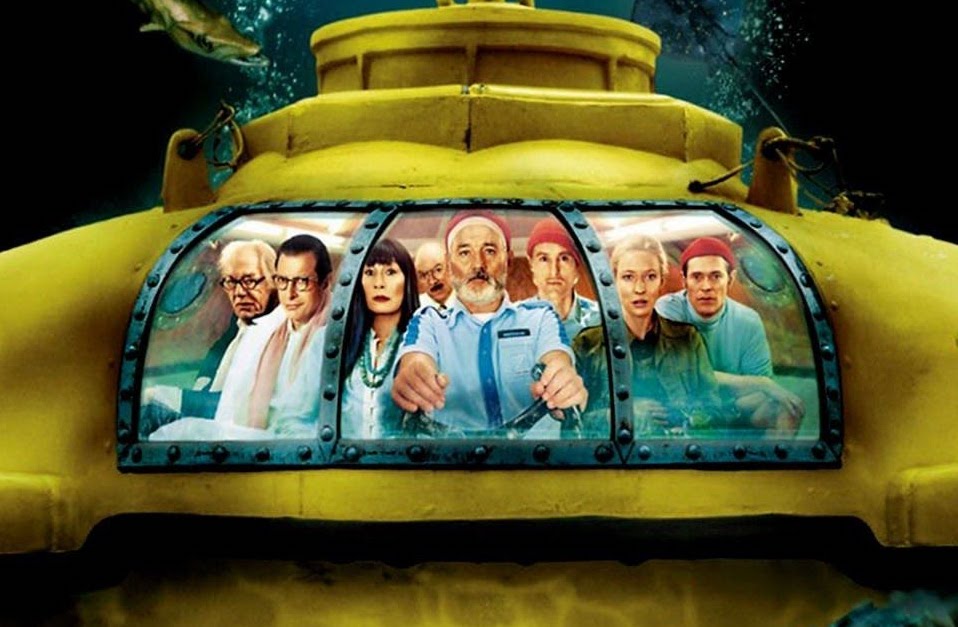
Excerpt: In this tale of a faux-Cousteau confronting the possible end of his documentary career, Anderson finds another vessel for his auteurist obsession with familial relationships – particularly fathers and sons – and meticulous mise-en-scène. As in Rushmore (1998) and The Royal Tenenbaums (2001), The Life Aquatic projects into its scenes – and onto their framing, as well – the sensibilities of a protagonist whose challenges and disappointments threaten to destroy his life and his art.
Jurica Pavicic: ‘Lemons in Siberia’: a new approach to the study of the Yugoslav cinema of the 1950s
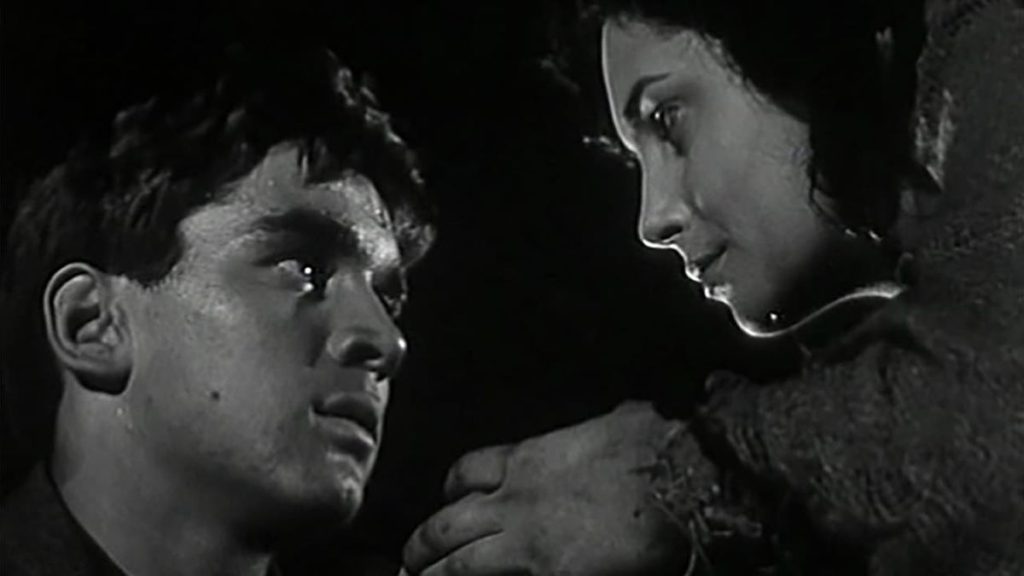
Excerpt: During the 1950s, Eastern European cinemas struggled with a repressive enemy – Soviet‐style realism theories – trying to reach at least a limited level of stylistic or content freedom. In the early 1960s – if we use a Daniel Goulding metaphor – the ‘mould began to break’ (Goulding 2004, 33), and the first promising free voices emerged. This evolution led us toward a peak, or dramatic climax, which was reached in the late 1960s, in the period when the great Eastern European filmmakers made their best films, when titans walked the earth.
Rick Warner: Orange is the warmest color: mood and chromatic temperature in Robert Altman’s McCabe & Mrs. Miller
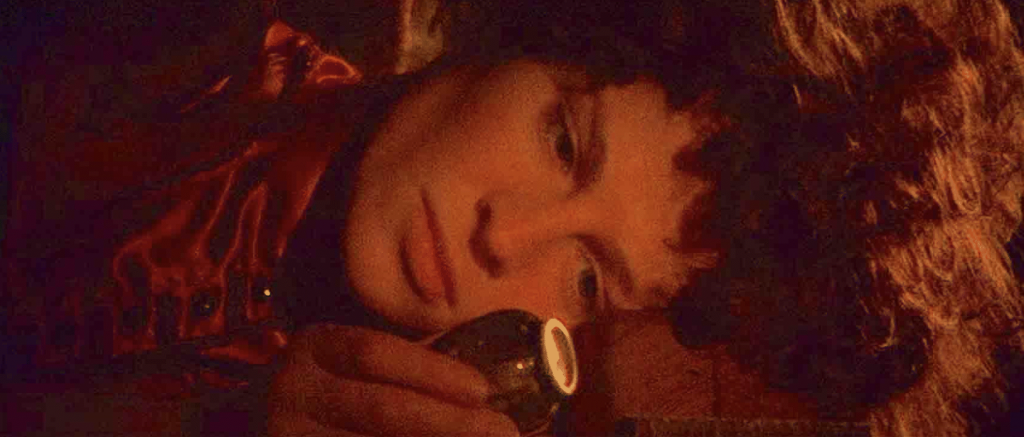
Excerpt: My reading will make a case for an understanding of the film’s tonal use of color that falls somewhere between these perspectives, an understanding that neither overstresses the cynicism of Altman’s authorial stance toward the film’s narrative nor reduces the interplay of cool and warm temperatures to a static, unambiguous code of representation. Self’s description of the film’s style as lyrical is indeed apposite, as I will confirm below, but I would like to go further in showing how, in this revisionist western, the atmosphere enfolds us in an intimate consideration of the two primary characters and their situations.
Lakshmi Padmanabhan: A gasp of air: posthuman intimacies in Tejal Shah’s Between the Waves

Excerpt: This essay begins a series of investigations into the queer and postcolonial archives of untimeliness in contemporary video art from South Asia. In this essay, I focus on the work of Tejal Shah, whose art practice investigates the boundaries between queer sexuality, embodiment, and new forms of life made possible by video technology. In early works such as Chingari Chumma (Stinging Kiss), Shah has explored the queer pleasures of cinema through drag reperformance of heteronormative Bollywood scenes.
Spring 2022
Jennifer Clark: Postfeminist masculinity and the complex politics of time: contemporary quality television imagines a pre-feminist world
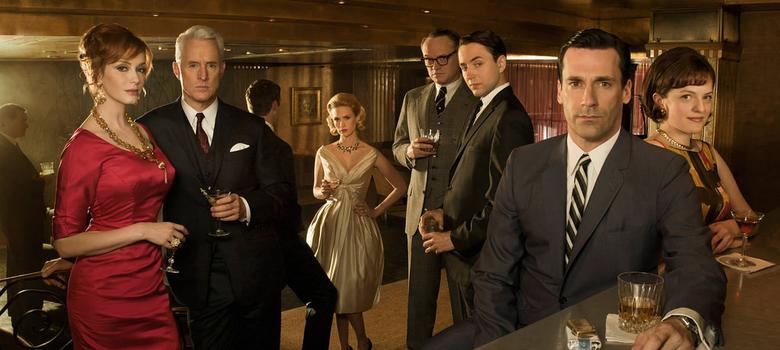
Excerpt: This paper explores the ways in which time travel to the past or nostalgic overlay of the present signifies ‘quality television’ while simultaneously expressing attitudes about a postfeminist world, where the gains of feminist politics are meant to be firmly established, understood as necessary, and respected.
Dina Iordanova: Intercultural cinema and Balkan hushed histories
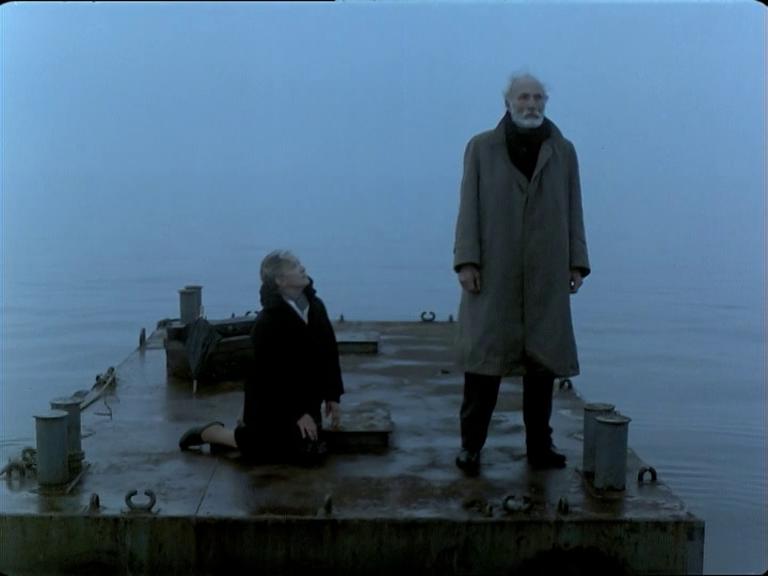
Excerpt: These films are contentious because they often depict events that take place on foreign territory people that are de facto foreign subjects. The directors of these films believe that issues of identity can be addressed adequately only by including in the national narrative the experiences of those whose lives have been, for one reason or another, spent outside of the (shifting) nation‐state borders of their respective countries.
Lee Barron: What if Zarathustra had not spoken? Alex North’s counterfactual soundtrack to 2001: A Space Odyssey

Excerpt: This paper critically examines the alternative soundtrack for the 1968 science fiction film, 2001: A Space Odyssey, composed by Alex North but ultimately rejected by the film’s director, Stanley Kubrick. Unheard for decades, the music was released on CD in 1993 on a recording entitled Alex North’s 2001.
Geoff King: FOLLOWING IN THE FOOTSTEPS: Gus Van Sant’s Gerry and Elephant in the American independent field of cultural production
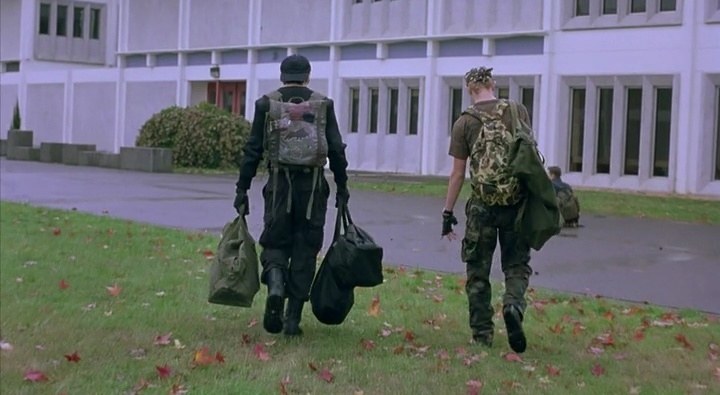
Excerpt: This paper considers Gus Van Sant’s Gerry (2002) and Elephant (2003) as manifestations of contemporary American independent cinema that, characteristically, balance departures from mainstream/Hollywood convention with the use of frameworks that locate such films as marketable to particular niche audiences.
Winter 2022
Agustin Zarzosa: Jane Campion’s The Piano: melodrama as mode of exchange
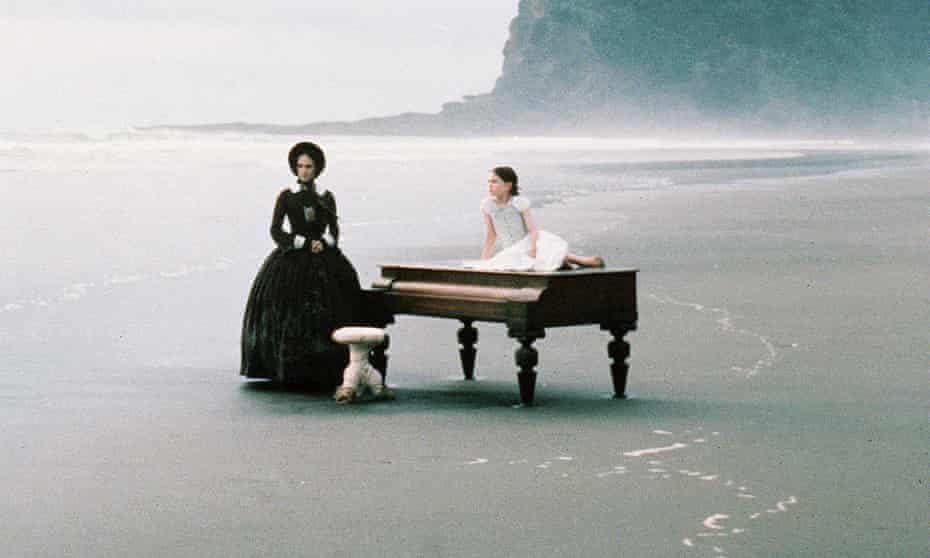
Excerpt: Melodrama polices the boundary between exchange and the realm that lies beyond exchange, dramatizing the consequences of putting into circulation objects and ideas that should not be assigned an exchange value.
Yvonne Tasker: Sensation/investigation: crime television and the action aesthetic
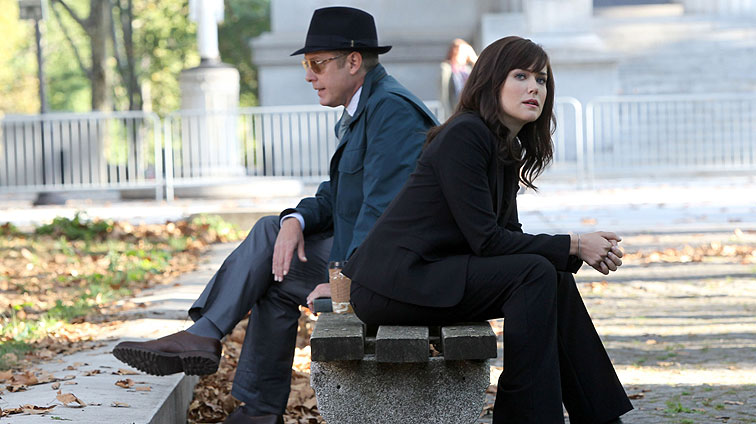
Excerpt: This article explores the interface between crime television and action television, arguing that action/crime is a significant mode which has typically been overlooked in studies of the genre. It engages with the history of action/crime and its most prominent formal features, discussing in more detail NCIS (2003–present) and The Blacklist (2013–present), and foregrounding the sensational elements of violence and physical movement through space as well as the flows of data and dynamic rendering of analysis typical of forensic crime television.
Fei Wang: The need for a film rating system in China: the case of Ang Lee’s Lust, Caution (2007)
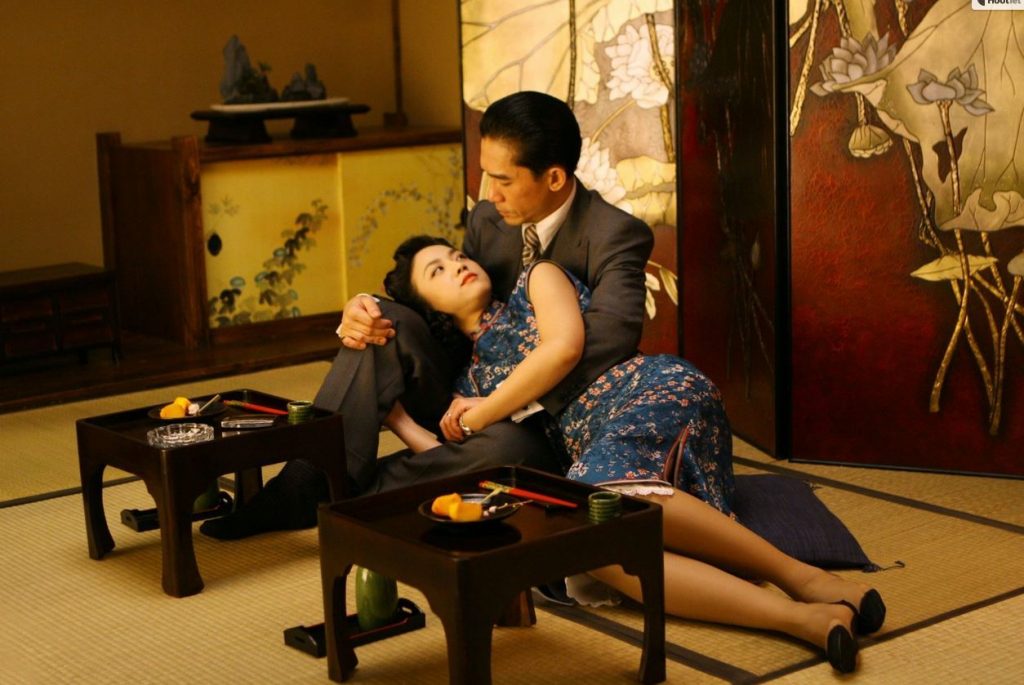
Excerpt: This paper examines the bureaucratic processes that govern film censorship in China, including SARFT (State Administration of Radio, Film and Television) and the Movie Promotion Law. It then considers arguments for replacing censorship with a rating system, which would benefit both domestic films as well as imports. As a case study, this paper briefly considers the censoring of Ang Lee’s film Lust, Caution on the Chinese Mainland in 2007.
Frank Krutnik: Theatre of thrills: the culture of suspense

Excerpt: This paper examines the suspense-oriented media forms that proliferated in the USA through the 1940s and 1950s. Coinciding with, and inspired by, the success of the distinguished CBS radio series Suspense and the output of Alfred Hitchcock, this broader culture of suspense included films, radio and television series, live entertainments, electro-mechanical amusements, and books, magazines, and comic books. Exploring how such media forms deploy and negotiate suspense as an attraction, as a production value, and as trigger for sensation, the paper interrogates traditional critical assumptions regarding its role as a technique of narrative.
Fall 2021
Fall 2021
Jørgen Bruhn & Anne Gjelsvik, David Simon’s novel cop show
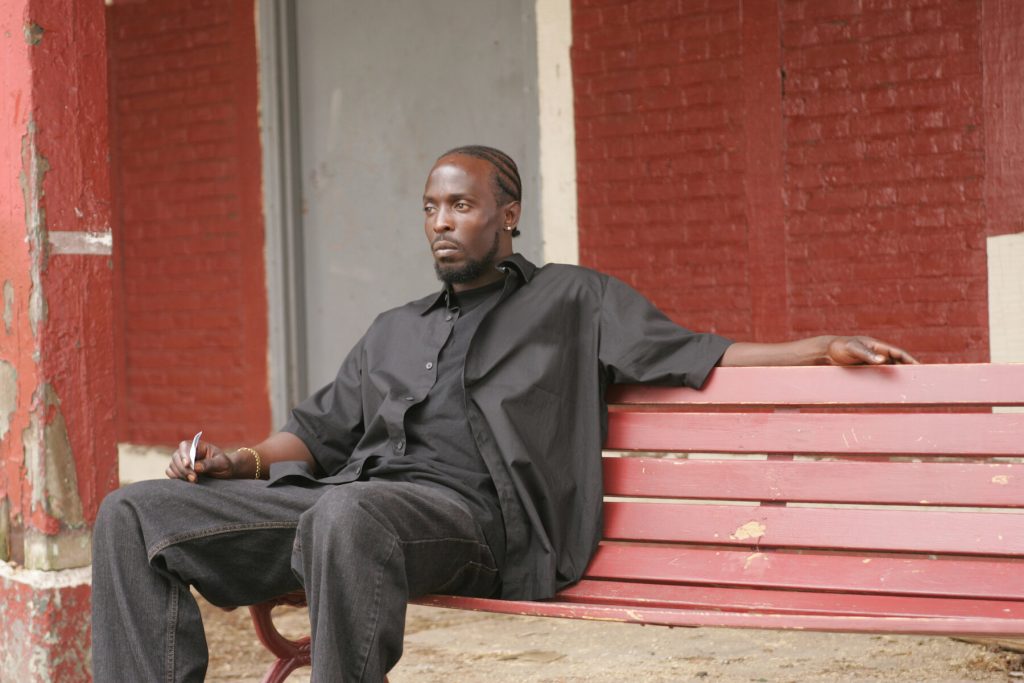
Excerpt: The question, however, is which theoretical or historical tools are most pertinent for understanding The Wire and how does it differ from traditional cop shows? From a media-sociological perspective, the series could be analysed as an expression of HBO’s economic interests as a cable network corporation. From the point of view of television culture and history, the series is, as described above, both a continuation and a break with central aspects of what is normally considered typical of TV as a medium.
Jennifer Hyland Wang, Complicating the recent past: activism in the collection and the writing of early media history

Excerpt: Despite our best efforts to address the inevitable erasures and gaps when we write historical narratives, we, as academics, are only human. If the well-used National Broadcasting Company (NBC) papers at the State Historical Society of Wisconsin are any evidence, we write about what has been saved. So, in this new era of soundwork, the question remains, how do we, as media scholars and archivists, add to history by collecting, what Lisa Gitelman has called, ‘the data of culture’ (2006, 12)?
Nigel Morris, ‘Do you like taster menus?’ Beyond hybridity:
The Trip &The Trip to Italy
Excerpt: Not least The Trip‘s observational mockumentary aspects stress performance, through impressions – impersonations – that persist to near tedium. If these actors can transform themselves so readily, how can viewers tell whether they ever stop acting? The appeal partly echoes ‘first wave … celebrity portrait films … [that] purported to move past a constructed public personality and reveal a more authentic, private self’ (Middleton 2014, 55). The Trip, however, exceeds Direct Cinema and vérité portraits, such as Primary (Drew 1960), Jane (Pennebaker 1962), Meet Marlon Brando (Maysles 1966), Don’t Look Back (Pennebaker 1967), or Mingus (Reichman 1968), all of which, Paul Arthur states, ‘purport to offer intimate views of personal identity that exceed in truth value those of competing agencies of reportage such as still photos and newspaper and magazine profiles’ (2003, 102).
Nick Davis, A history of sexual violence:
on rape and assault as Cronenberg tropes
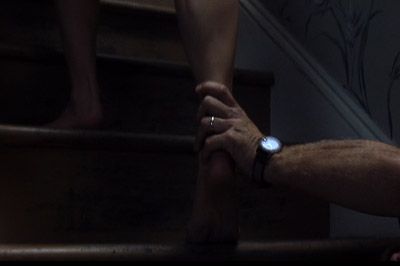
Excerpt: The recurring vestibularity of sexual violence in Cronenberg’s movies is precisely what interests me, the way its direct or refracted image inaugurates crucial chains of meaning even as his films ostensibly move on to different questions. This pattern teaches us important lessons both about Cronenberg and about sexual violence in its legal, corporal, and cinematic contours.
Summer 2021
Summer 2021
Polona Petek, “Highways, byways and dead ends: towards a non-Eurocentric cosmopolitanism through yugonostalgia and Slovenian cinema“
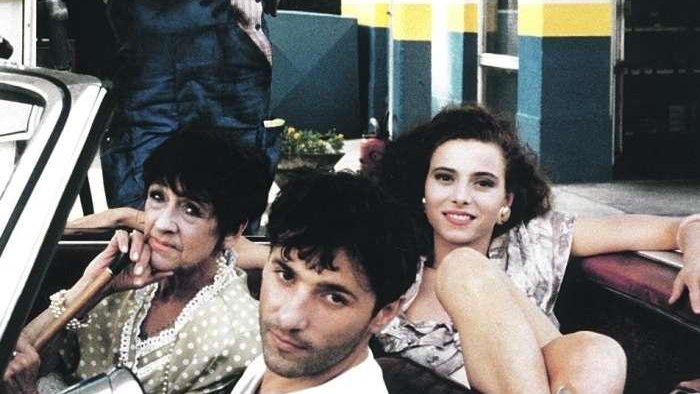
Excerpt: “Indeed, yugonostalgia disregards the boundaries of the European Union; yet, it does not seek an ‘exit from Europe’ and a ‘return to the Balkans’. Rather, it functions as a powerful counterpublic resource for Slovenian people within the European Union. As such, Balkan culture constitutes an important, creative and popular critique of contemporary Eurocentrism and one of the most original, critical and transformative interventions into the current processes of European identity formation. It flourishes within the European Union, but, as such interventions should be, it is fuelled by the cultures excluded from Fortress Europe.” READ THE FULL ARTICLE HERE
Saige Walton, “Cruising the unknown: film as rhythm and embodied apprehension in L’Inconnu du lac/Stranger by the Lake”

Excerpt: “A non-verbal focus on the body is also consistent with what I have detailed as the film’s choreographic sensibility, achieved through the re-working of nature, the blocking out of movement in relation to different spaces and a spatialisation of different affective energies (parking, swimming, sunning, cruising, sex, murder and death). In the second register, Guiraudie attends to the expressivity of the lake’s environment. He does this through his repetition of views of nature, seen entirely independent of the human. Lastly, he brings the human and the environmental together by foregrounding the sensuality of bodies’ being-in-the-world.” READ THE FULL ARTICLE HERE
Eva Novrup Redvall, “Midsomer Murders in Copenhagen: the transnational production of Nordic Noir-influenced UK television drama“

Excerpt: “Episode 100 was Midsomer Murders’ first ever foreign shoot and was part-funded by DR with additional funding from The Copenhagen Film Fund. According to executive producer Jo Wright from Bentley Productions, ‘The Killings of Copenhagen’ started with the intention of doing something slightly different for episode 100. At the MIPCOM TV market, a Dutch buyer suggested to shoot an episode in the Netherlands. This established the idea of possibly taking the show to another country, but the question was where to shoot. According to Wright, several countries were considered, but when a news article made her aware of the scale of Midsomer Murders’ following in Denmark this seemed like a good place to go. Moreover, Wright found Denmark to be a smart choice because of popular shows such as The Killing, The Bridge and Borgen, which she liked. She thus thought that it would be ‘great’ to combine something like Midsomer Murders with ‘those cool Danish noir shows’ (Wright 2014).” READ THE FULL ARTICLE HERE
Mark Minett, “Beyond the badass: Electronic Dance Music meets film music practice”
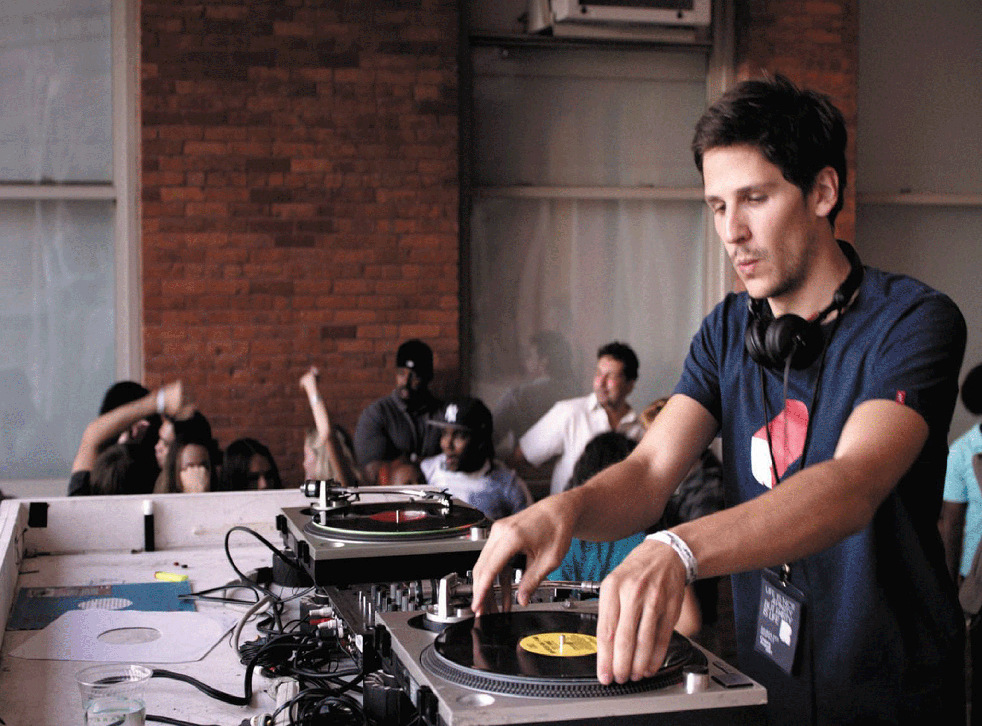
Excerpt: “If Revell’s work on Tomb Raider can be seen as typical of the bombastic Hollywood blockbuster approach to EDM, then Clint Mansell might be seen as Revell’s opposite number. Mansell, who began his musical career with the indie rock group Pop Will Eat Itself, a band known for employing vocal samples from Hollywood films in their songs, has also found steady employment in film music, although his scoring has tended to be for mid- to low-budget, frequently independent, films. Since his debut on π, Mansell has scored close to 30 feature films. Mansell’s work on π demonstrates a much sparer, more stripped-down approach to EDM scoring than Revell’s, while at the same time arguably serving a more prominent role in the film’s design.” READ THE FULL ARTICLE HERE
Spring 2021
Yannis Tzioumakis, “Major Status, Independent Spirit: The History of Orion Pictures (1978–1992)“
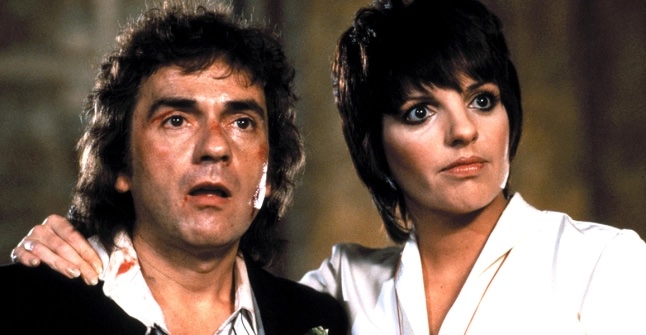
Excerpt: “Between 1978 and 1982 Orion Pictures produced 23 films for Warner. From the first in-house production of A Little Romance to the extremely successful Arthur (1981), Orion delivered only two hits, 10 (1981) and Arthur (both vehicles for Dudley Moore with rentals of $37 and $42 million, respectively), whereas it recorded six moderate hits (including John Boorman’s Excalibur) and saw 15 films lose money at the American box office (Hanson 1985, p. 25). With the above results hardly demonstrating a high-fly start for Orion or substantial profit for Warner, both partners in the venture felt that the arrangement was not working out. In fact, shortly after Orion had passed on Raiders of the Lost Ark, Krim sent a memo to his partners explaining that the risks in the filmmaking business had become considerably more substantial for companies that were not in the distribution business, so much so that only if a film company possessed an extensive library of titles, could it then aspire to remain competitive in the long run.” READ THE FULL ARTICLE HERE
Stuart Richards, “Reawakening in Yoorana: Glitch and the Australian Gothic film“
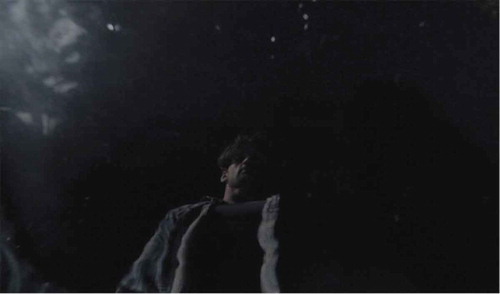
Excerpt: “Glitch differs from Les Revenants by linking these characters’ secrets and regrets directly to Australia’s history. The narratives of the returned characters in Les Revenants relate to individual traumas and not key historical events in France. In Glitch, Australia’s history plays a significant role in the secrets that are uncovered. This is similar to how the Southern Gothic employs narrative devices to examine social issues embedded in the cultural identity of the American South. Each returned character in Glitch has significant ties to the town and, more importantly, Australia’s history.” READ THE FULL ARTICLE HERE
Anikó Imre, “Eastern Westerns: enlightened edutainment and national transvestism“

Excerpt: “At the same time, the Western has also become available for a more radical subcultural deconstruction of the racist and heterosexist infrastructure of nationalism than what the all-male art world of the socialist period could conceive of. One of the most incisive examples of such an appropriation is the short film Puszta Cowboy (2004), made by the Budapest-based Lesbian Filmmaking Collective, an international group of semi-professional lesbian filmmakers. On the DVD cover, the Collective describes this parodic film as ‘the first Hungarian Lesbian-Transgender-Paprika Western, complete with horses, gunfight, goulash, and traditional Hungarian csárdás-dancing’.” READ THE FULL ARTICLE HERE
Svea Becker & Bruce Williams, “What ever happened to West Side Story? Gene Kelly, jazz dance, and not so real men in Jacques Demy’s The Young Girls of Rochefort“
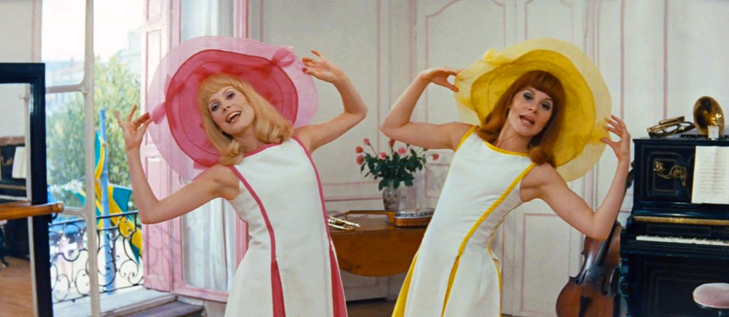
Excerpt: “Despite the powerful intertext with West Side Story that emerges through the presence of George Chakiris, who was a part of both the Broadway and film casts, the participation of Grover Dale, who was not in the film, is every bit as evocative, and moreover carries greater weight in the creation of a gay celebrity intertext. At the time of the release of The Young Girls of Rochefort, discussions of Chakiris’ homosexuality were doubtless less common than they are today, although his gayness was most likely well recognized by sophisticated, dance‐oriented, urban audiences. Dale’s sexuality, on the other hand, was even then the stuff in which tabloids revel. Dale, who today is publicly known as a bisexual or at least as a gay man who later married, was then well recognized a friend and colleague of (bisexual) choreographer Jerome Robbins.” READ THE FULL ARTICLE HERE
Winter 2021
Barbara Klinger, Pre-cult: Casablanca, radio adaptation, and transmedia in the 1940s
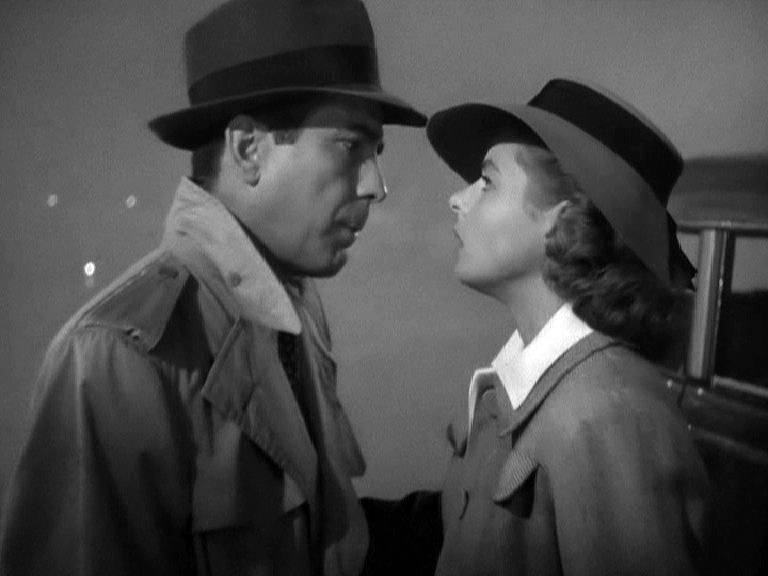
Excerpt: “For decades during Hollywood’s classic era, the film industry and the emergent rival medium of radio used licensing arrangements for film content – a type of inter-industry cooperation that produced the textual migration and altered narrative elements characteristic of transmedia storytelling. Radio versions of films offer only one instance of intertextuality in an older context of convergence and transmedia. However, by studying them as something more than deficient copies of an original or simple transfers of content between media, they help us to explore the role new media played in circulation and hence in a text’s continued vitality. Radio gave Casablanca a second life as an audio entity prior to its cult apotheosis – a divine status to which I now briefly turn.” Read the full article here
Antonio Lázaro-Reboll, Daring cycles: the Towers–Franco collaboration, 1968–70

Excerpt: “The commercial and cultural specificities of the series and related cycles go beyond histories of British, Spanish, European, or American cinema – as mass culture products, the Fu Manchu collaborations were distributed globally and reached international audiences. When Fu Manchu addresses his band of female assassins in the opening moments of The Blood of Fu Manchu, the film self-reflexively signals the cosmopolitan reach of this particular film and the series as a whole: ‘Each of you has a destination: Rome, Berlin, New York, Tokyo, to the ends of the Earth.’ The alliance of Towers and Franco opens up complex questions about the history and the geography of low-genre productions in the late 1960s and early 1970s. The film and cultural historian is confronted with the often confused history of their output – as individual films, series, and cycles overlap, and as patterns of distribution respond to the particular indigenous requirements of national film industries.” Read the full article here
David Stevens, Redford and Streisand: The Shifting Star Persona in 1970s Hollywood
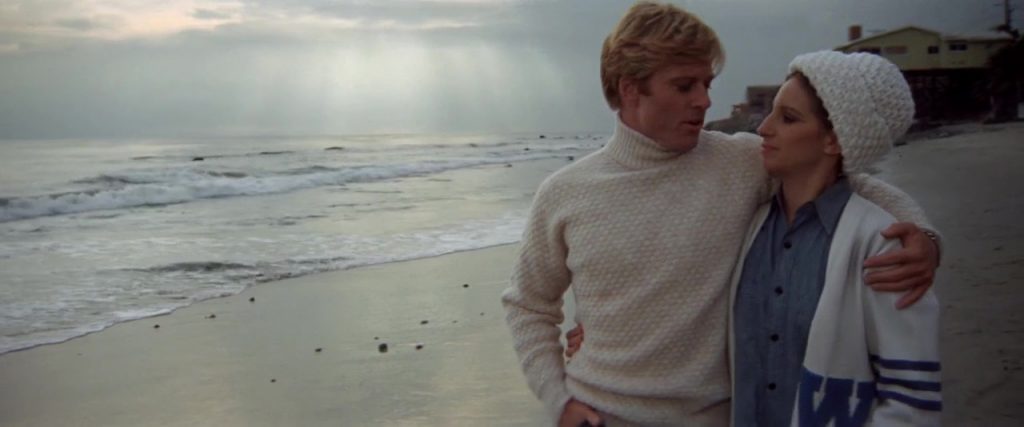
Excerpt: “The breakdown of the Production Code could also explain the change in taste in female stars. Though some actresses would seem to belong to a bygone studio era, figures like Faye Dunaway in Bonnie and Clyde and The Thomas Crown Affair [1968] or Katharine Ross in The Graduate and Butch Cassidy and the Sundance Kid [1969] represent a more modern woman, retaining a sense of classical beauty but exuding a more liberated sexuality and sometimes, a propensity for violence. Streisand appears to possess both the traditional appeal of a star (in her singing voice) and a modern appeal in her ordinariness, vulgarity, self-deprecation and zany humour.” Read the full article here
Emily D. Ferrigno, The Dark Side: representing science fiction in drum ‘n’ bass
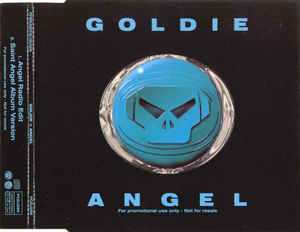
Excerpt: “[T]he sheer ‘new’ feeling that dark drum & bass experienced in the 90s, as ragga styles took a backseat to raw sounds and terrifying synth patches and effects, almost begged the pairing of sci-fi samples … the chilling and eerie soundscapes used in intros sound even more ominous when paired with the right vocal sample, especially from a horror or sci-fi movie. Borgs from Star Trek, stormtroopers from Star Wars, laser gun blasts, explosions … they all fit drum ’n’ bass more than any other genre.” Read the full article here
Fall 2020
Kirsten Stevens, Enthusiastic amateurs: Australia’s film societies and the birth of audience-driven film festivals in post-war Melbourne
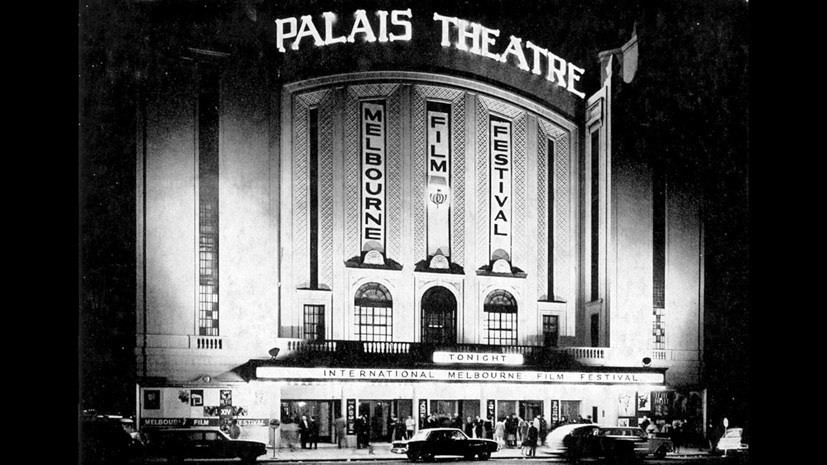
Alex Clayton, The mystery of green
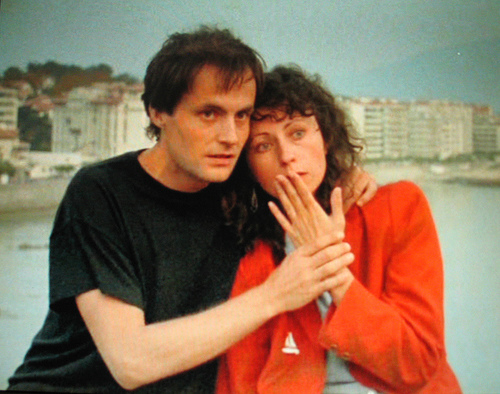
Catherine Fowler, Into the light: re‐considering off‐frame and off‐screen space in gallery films
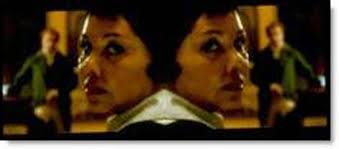
Lori Kido Lopez, Challenges of accessing and preserving Hmong radio

